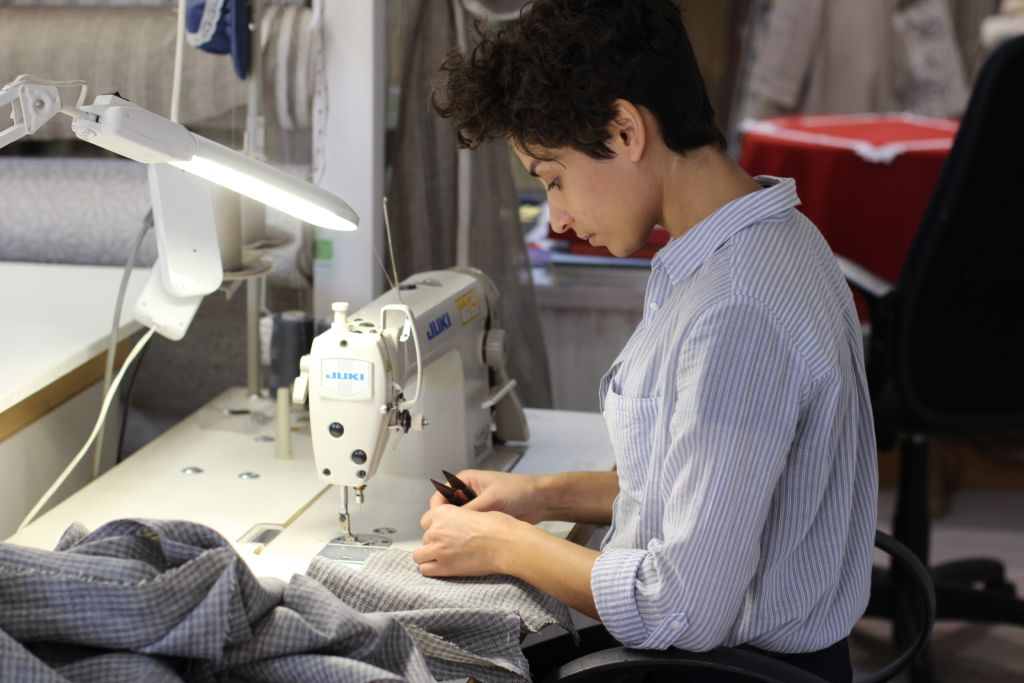
In this new article we continue to analyze the incredible process of the return of apparel and fashion manufacturing from Asia to nearby locations. I have called this budding phenomenon “the neorelocalization of fashion production” to distinguish it from previous relocation movements, because although it entails a return of production closer to the most important global fashion markets – Europe and the US – it differs from others because this time it comes hand in hand with production automation and sustainability. That is to say, we will go back to nearshoring or even to local manufacturing but the factories will not be like those of our grandparents.
Eighteen disruptions of neorelocalization
1- Nearshoring in order to gain market share and recover margin with greater speed and agility.
To be successful in the current fashion market, a substantial part of the total production volume must be planned for a fast fashion cycle. To make this possible, we must place fast fashion manufacturing orders in nearby locations (nearshoring). Even today, many companies produce fast fashion in Asia and “fly” the garments to their distribution centers in Europe and America for their subsequent delivery to stores. Of course, this model causes a significant loss of margin due to the high cost of air transport. This is what we analyzed in this previous article – Neorelocalization of fashion: speed and agility to compensate for the loss of margin – one of the current issues in retail.
2- Shrinkage of industrial capacity in Asia.
The new laws regulating the sector with regard to sustainability and CSR, the constant increase in costs and the growth of orders from the local market, reduce the productive capacity destined for exports and generate scarcity problems for the manufacturing of some categories of products. This new situation pushes fast fashion brands to move a large part of their current production from Asia to nearby sourcing countries.
3- Asia is gradually losing its status as low-cost origin.
The increase in Asian labor costs is unstoppable and greater than in the rest of the world. Therefore, Asia will no longer have low-cost countries compared to Africa, Eastern Europe and Central America. I recommend you to read this article about this exciting process: Global Fashion Continues to become global.
4- Review of international trade agreements.
The political volatility, the commercial war between USA and China and the revision of the global trade agreements gravitate and modify the analysis and the final decision of fashion companies regarding outsourcing or nearshoring.

5- New industrial infrastructures in proximity.
Significant investments will generate industrial clusters with high capacity of production and manufacturing of garments in the nearby origins. Examples: Eastern Europe and Central America.
6- The production of fabrics follows the relocation of the CMT and leads to the indispensable vertical industry.
Textile production, the development of yarns and fabrics, will follow closely the development of the finished product (CMT: cut | make | trim) and this will create the crucial vertical industry that neorelocalization requires in order to meet two of its main objectives, versatility and speed-to-market.
7- Regressive integration of brands.
Among the different possibilities analyzed by fashion brands and retailers to guarantee their production capacity in proximity is that of boosting their strategic suppliers or partnering with them to invest in factories in these countries of origin. Having and securing this production capacity makes the difference between reaching or not reaching the speed-to-market and agility.
8- Global and consolidated suppliers.
Robotization in the apparel industry will generate greater efficiency in the production process and this will lead to a global consolidation of suppliers. Thus, global fashion manufacturing will be in the hands of international mega-suppliers.

9- Manufacturing technology will be an important competitive advantage.
Advanced manufacturing will become an important competitive advantage. For example, intellectual property will be integrated through exclusive partnerships with technology companies, through acquisitions of technology companies, or as a component of the development of fashion brands themselves. Do you know which the most successful relationship is today?
10- Manufacturing technology open to the market.
Advanced manufacturing will be openly available in the market, with 100% of intellectual property belonging to the technological companies that have developed it.
11- Fully automated manufacturing for simple garments.
Automation will cover simple garments to a greater extent. For example, the production of T-shirts will be fully automated with a reduction of more than 80% of the labor needed.
12- High degree of automation in the production of complex garments.
Complex garments, such as jackets and dresses, will be manufactured semi-automatically and with a reduction in labor of more than 40%.

13- New business models.
New business models will be created based on automation and neorelocalization. A clear example of these is the personalization of fashion garments and accessories. These new businesses will become a key part of the market and they will become the energy that boosts the growth of fashion companies.
14- Automation of production on demand.
In nearshoring, manufacturing on demand (including 3D printing) through automation will be one of the keys to making new business models possible.
15- Sustainability is a key purchasing factor.
Sustainability will become a relevant aspect for the global and conscious customer when making the purchase decision in the mass market. Here you will find the most complete international report on sustainable fashion: The Pulse of the Fashion Industry.
16- Brands and retail will benefit from a clear and strong positioning in sustainability and CSR.
Fashion brands and retailers will obtain a greater market share by defining a strategic positioning with respect to the budding concept of circular fashion.

17- Recycling of textile fibers on a large scale.
Technological advances make it possible to increase closed-loop recycling so that more than 20% of the fiber in used garments is recycled.
18- Service-based fashion.
New business models will be created around service-based fashion. An example is the rental of clothing with the aim of increasing its use throughout the lifespan of the garment, especially in the case of low-consumption items. And perhaps we will see leading global brands selling their own garments in their own stores (you may be thinking this is the norm)… being those second-hand items.












































